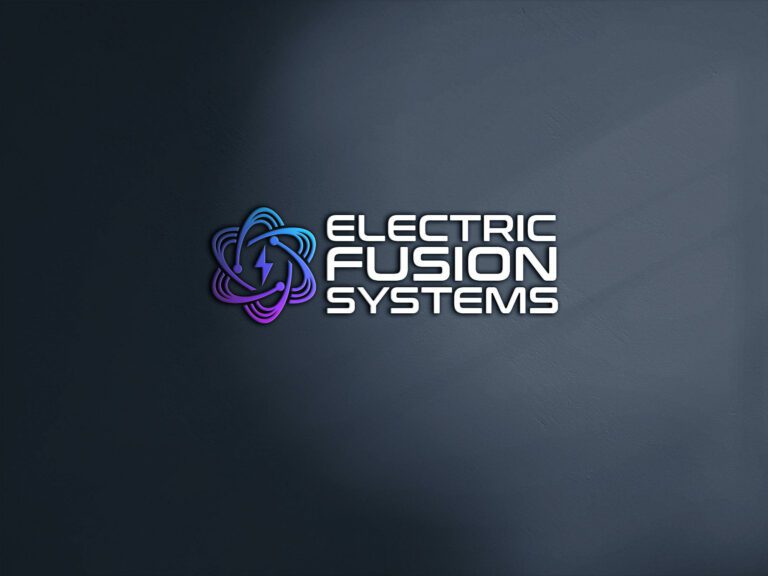Ion emission from a nanoplasma produced in the interaction of intense optical laser pulses with argon clusters is studied resolving simultaneously charge states and recoil energies. By applying appropriate static electric fields, we observe that a significant fraction of the ions Arqþ (q ¼ 1–7) has electrons with binding energies lower than 150 Mev; i.e., nRyd ≥ 15 levels are populated. Charge state changes observed on a μs time scale can be attributed to electron emission due to autoionizing Rydberg states, indicating that high-l Rydberg levels are populated as well. The experiments support theoretical predictions that a significant fraction of delocalized electrons, which are bound with hundreds of eV to the nanoplasma after the laser exposure, fill up Mev bound ion states in the adiabatic expansion. We expect the process to be relevant for the long-term evolution of expanding laser-induced dense plasmas in general.
Since early studies by McPherson et al. nanoparticles have served as model targets to study the interaction of finite many-body systems with strong laser fields. Their features are high energy absorption, emission of fast electrons, energetic and highly charged ions, as well as soft and hard x-ray photons. To explain these phenomena, Quasi classical molecular dynamics simulations are extensively used. A variety of effects have been discussed like charging dynamics, expansion, cooling of the nanoplasma, or the directed emission of fast electrons due to resonantly driven collective excitations. Recently, spatiotemporal control of electron emission up to keV energies was achieved on attosecond time scales by two-color fields. It is generally accepted that the interaction of clusters with intense optical laser pulses (IL ∼ 1013–1016 W=cm2) can be described in a simplified representation by a multistep model. In the rising edge of the pulse, electrons are removed from the cluster by tunnel and barrier suppression ionization. Because of the uncompensated positive charge, a mean field potential builds up. The resulting suppression of direct laser induced electron emission combined with heating through inverse bremsstrahlung and electron impact excitation transforms the target into a hot and expanding nanoplasma. Within the laser pulse the depth of the confining potential may reach values of keV trapping the delocalized electron cloud. Molecular dynamic simulations show that during the expansion the overwhelming majority of initially hot electrons in the plasma cloud do not recombine into core levels of multiply charged ions but appear to be bound with energies less than 50 Mev. Hence, an ensemble of highly charged Rydberg ions might be formed. In a way, the mechanism resembles the formation of Rydberg atoms in an expanding ultracold neutral plasma . In the present studies, the formation of highly charged Rydberg ions is the focus. The existence of weakly bound electrons in neutrals and weakly charged ions up to q ¼ 2 from cluster Coulomb explosion (CCE) has been demonstrated before by photoelectron studies [17,18]. However, so far it is neither clear whether a Rydberg compound is formed in case of stronger cluster charging, nor how the occupation of Rydberg states influences the experimental observables. Simulations predict that field ionization by spectrometer extraction fields might have a severe impact on the measured charge state distribution. To resolve these issues, we investigate the occurrence of ions with weakly bound electrons (EB < 150 Mev) produced in the CCE. Unlike other studies our diagnostics map the distribution after disintegration of the nanoplasma into well-separated ions.

